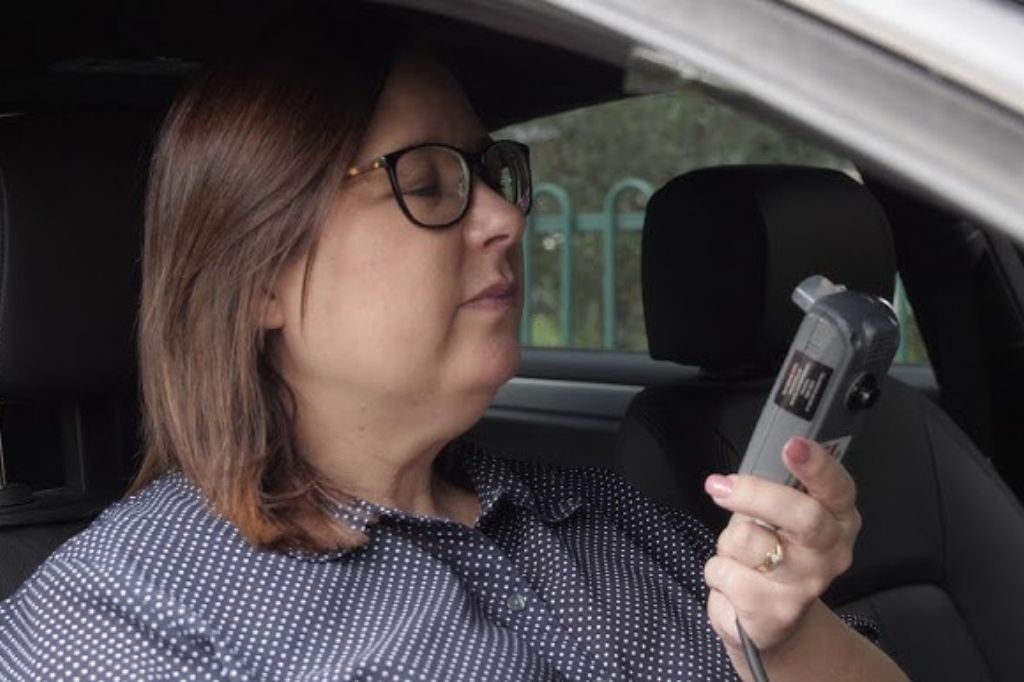Ensuring the safety of your vehicle during the winter months is of particular importance, especially for drivers using alcohol meters. LifeSafer Interlock Cold Weather provides critical information about how alcohol measuring devices perform in cold weather conditions, which situations should be taken into account and what awaits you during this process.
Yes, it may sound simple, but do you know how these devices are affected in winter? Now let’s examine it in every detail.
How are LifeSafer Interlock devices affected in cold weather?
Cold weather has the potential to reduce the performance of electronic devices. Especially in sensitive devices such as the LifeSafer Interlock, low temperatures can affect the function of sensors and batteries. This is because chemical processes in electronic systems slow down at low temperatures. Therefore, you may encounter situations such as your device suddenly not working during the winter season.

Also, in cold weather, there may be an accumulation of moisture in the internal mechanisms of devices. This humidity can cause the sensors to make alcohol level measurements incorrectly. As a result, there may be delays in starting your vehicle. That is why it is very important to ensure regular maintenance and cleaning of the device. It is a fairly common problem for the device to give the error “I can’t read” on cold winter mornings.
However, thanks to technological advances, many LifeSafer Interlock models have been designed to work more stably in cold weather conditions. However, allowing your device to warm up before starting it up, or using a protective case to prevent it from being affected by the cold, can make a serious difference. You may think of this as a small measure, but it extends the life of the device.
How can you protect your LifeSafer Interlock device in cold weather?
The first step in protecting your device from the cold is to store it correctly. Many users prefer to leave their devices in the car. However, this may lead to freezing of the device during the winter months or malfunctions in its internal mechanism. If you are constantly leaving the LifeSafer Interlock device in the vehicle, you should try to maintain a constant temperature inside your vehicle.
In addition, you can take advantage of specially made cases to protect your device from the cold. These cases greatly prevent the device from being affected by external factors. If you do not want to encounter the warning “the device needs heating” on cold winter days, it is necessary to take such precautions. Some users prefer to heat up their devices by holding them in their hands for a while before starting them up. This method is a simple but effective solution.
In addition, it is also important to regularly check the device’s battery. Cold weather can cause batteries to run out quickly. If your battery is low, the performance of your device may seriously decrease. Therefore, regular battery control and making changes when necessary ensure that the device works in a healthy way.
Related Article: Lifesafer BAC Limit
What can you do if LifeSafer Interlock devices do not work in cold weather?
If your device does not work in cold weather, the first thing you need to do is heat it up. You can take your device to a warm place before running it for a while in the vehicle, or you can retry it by heating it slightly. However, you should definitely avoid exposing the device to excessive heat, which may cause damage to the internal circuits.

In addition, it is important to carefully follow the steps indicated in the user manual of the device. LifeSafer Interlock devices usually have easy-to-use designs, but require extra attention in cold weather conditions. Make sure the sensors are clean. If there is a build-up of moisture in the sensors, the device may give incorrect results or be completely disabled.
If you are unable to operate your device in any way, be sure to contact customer service. Although many users think that technical problems are caused by the malfunction of the device, this is usually a false assumption. In most cases, the problem is caused by the inability of the device to adapt to cold weather conditions. In such cases, getting professional support is the best solution.
Driving safety and alcohol measurement devices in cold weather conditions
Cold weather conditions affect not only devices, but also driving safety. Frozen roads and reduced visibility require extra attention while driving. This is even more important for alcohol meter users. Because the LifeSafer Interlock devices ensure that you are completely free from the influence of alcohol before starting your car. However, factors that affect the performance of the device can create a weak link in the security chain.
In order for the device to make accurate measurements in cold weather, users must use the device properly. Waiting for the device to heat up, keeping the sensors clean and calibrating the device regularly is very important at this point. Remember, a properly functioning device ensures not only your safety, but also the safety of other drivers in traffic.
Also, do not neglect to have regular maintenance to improve the performance of your device. Especially during the winter months, check the internal mechanisms of the device to make sure if there are any problems. These small but effective measures allow you to have a smooth driving experience in cold weather conditions.







